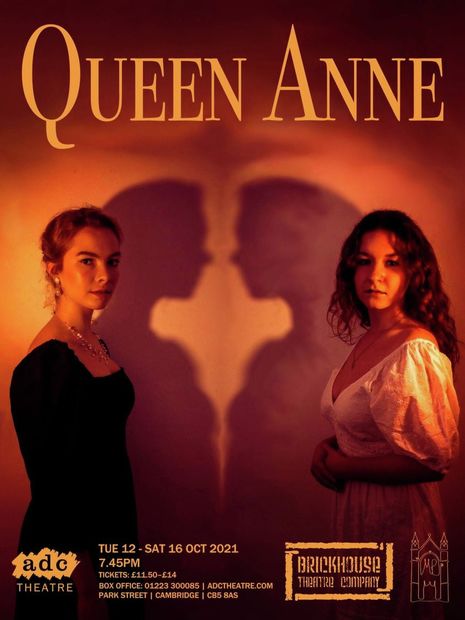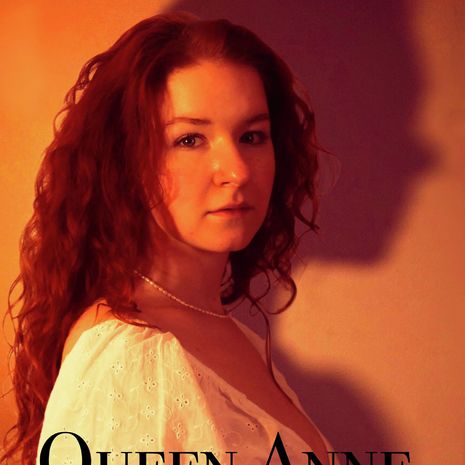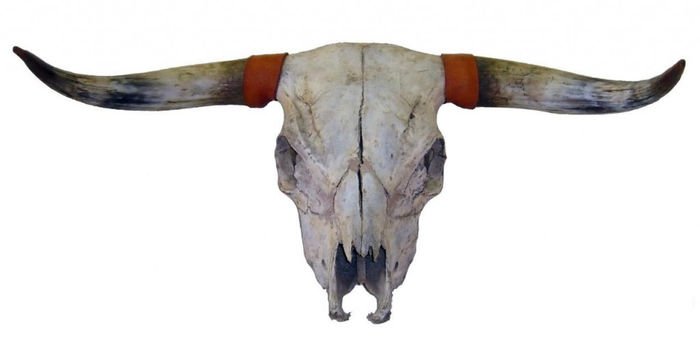Costume and Character: Previewing Queen Anne
Assistant Director Emma Robinson previews Queen Anne through the lens of the work of its costume team

Act Two of Queen Anne opens with a performative spectacle – a political statement of power – which needs no dialogue to be explained: Anne’s coronation. The clothing and accessories themselves, simply, demand respect for their wearer, and it is this immediate impact that dress has to establish status and therefore social relationships which makes it an integral aspect of Queen Anne, and its narrative of ‘power play’.
Too often costume is an anxious afterthought in amateur theatre; it’s scrambling through drawers and charity shop rails for a ‘this will do’. It’s a wasted opportunity, because, as the costume supervisor for Queen Anne, Zainab Athumani insists, designers have ‘a secret power – a quiet, but vital, presence’.
From the beginning of the production process, costume has been an important aspect in creating a cohesive vision for Queen Anne. While the depiction of a competitive political environment, with circulating ‘fake news’, ‘cancel-culture’ and character assassinations, does seem enduringly relevant, Queen Anne still very much narrates a historical moment. It is retelling the lives of real, influential figures – women – who should not merely be forgotten to history. Costume is, therefore, essential, as it establishes the early eighteenth-century setting.
“Queen Anne still very much narrates a historical moment”
However, the impression of the characters as provided by the play text, rather than historical accuracy, was the initial springboard, from which the costumes were designed.
Rosie Soranzo Gilbert’s skilled creation of handmade costumes, from Georgian patterns, for the two lead females, provided the team with the additional creative freedom to select their fabric’s exact colour. The deep purple of Anne’s dress not only suggests her with royalty, but also, within some cultures, is used as a colour of mourning. Therefore, it subtly gestures towards the maternal loss which hangs around her throughout the play. Sarah Churchill, in contrast, has a green dress, as the costume team wanted to draw upon the symbolic associations of jealousy and greed. Green, in addition to this, represents growth and even immortality. So, implicitly, the costume captures the divided image of Sarah as a determined social-climber, who is both a rising underdog and a possessive manipulator.

One of the most exciting aspects of designing costumes for student theatre is the ease of involving actors in the discussion, bouncing around ideas together to enrich a reading of the characters which is elevated from the script. Joe Harrington’s portrayal of Harley extends his vivacity and charisma into a flamboyancy, even campness. With this in mind, the costume team decided on a gold and copper patterned jacket for Harley which reflects his extravagance. This is especially noticeable when seen alongside the austere, reserved monochrome of the other politicians’ costumes.
The costumes don’t merely focus on representing personality, they also, vitally, signal the political affiliations of each character. The stage and historical moment are divided, in conflict and territorially fought over. Alex O’Shea’s hand-made accessories of shoe-buckles highlight this. The Whigs wear silver; the Tories wear gold. Both parties compete to gain Anne’s ear, and their success or failure is reflected in the colour jewellery Anne choses to wear. This signal of Anne’s political allegiance may seem subtle, but it’s the aspect of its constant visuality and such indisputability which makes it so powerful.
It was evident from my conversation with Queen Anne’s costume team how considered and creatively fulfilling the designing process was. Zainab emphasised the capacity for everyone, no matter of their backgrounded experience, to bring something different to the discussion.
Those who are artistic may draw on colour, while engineers may focus more on shaping, or historians may begin with research. It is a brilliant opportunity to immerse yourself in a project solely for enjoyment and thrive off the excitement of creating something from scratch. Assuming the role of supervisor can also be a great chance to take on a leadership position, considering the necessity for clarity, centralised information and welfare.
Costume is certainly not an unseen aspect of theatre, and it shouldn’t, therefore, be an unappreciated one.
 News / Clare Hall spent over £500k opposing busway 24 December 2025
News / Clare Hall spent over £500k opposing busway 24 December 2025 Comment / The ‘class’ of Cambridge24 December 2025
Comment / The ‘class’ of Cambridge24 December 2025 News / Caius mourns its tree-mendous loss23 December 2025
News / Caius mourns its tree-mendous loss23 December 2025 Comment / League tables do more harm than good26 December 2025
Comment / League tables do more harm than good26 December 2025 News / Girton JCR publishes open letter expressing solidarity with Palestine25 December 2025
News / Girton JCR publishes open letter expressing solidarity with Palestine25 December 2025









